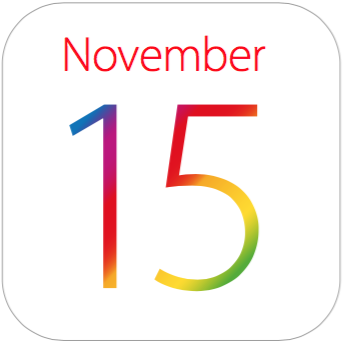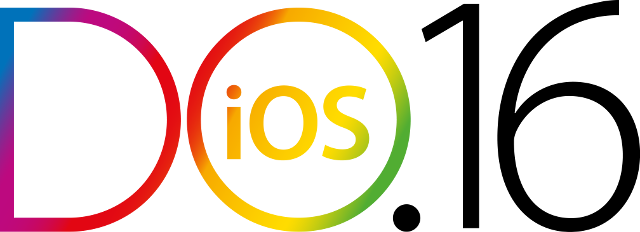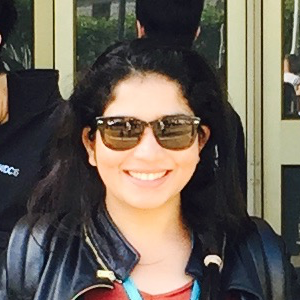Thanks for another great DO iOS, and see you next year!
Videos of the 2016 sessions will be online soon at our YouTube channel


 Conference for
Conference for
developers

Thanks for another great DO iOS, and see you next year!
Videos of the 2016 sessions will be online soon at our YouTube channel


Learn about the latest advancements in Apple technologies.
Immerse yourself in fantastic sessions about iOS, Swift and the latest frameworks.
Get insight into best practices to create 5-star apps.


iOS Engineer @ WorkflowHQ and author of Learn Swift ↯

OS X / iOS Developer and host of the iDeveloper Podcast

iOS chapter lead and iOS developer at ING Mobile developing the latest and greatest features for their customers

Freelance developer dedicated to mobile development, security and systems architecture

Product engineer at Framer. Master in AI. Worked on NRC iOS apps.

Independent iOS developer from Poland.

Lead iOS developer @ Triple, developer of Buienradar & Videoland

Embedded programmer turned Swifty iOS developer

Passionate iOS developer. Loves learning and sharing knowledge.

Author and Cocoa programmer with a passion for the fiddly bits below the surface

Now that we can use Swift in the backend, it is even more relevant to use a good architecture in order to maximize the amount of code that we can share between the frontend and the backend.
In this talk, I will start by covering briefly the architecture of a mobile app. Then, using that architecture as a reference, I will explain the parts that can be easily shared and the keys for an implementation that maximizes the chances of that sharing. I will also go through some scenarios in which sharing the code will not help us much.
With iOS10, Apple implemented a whole load of new features, but also some tweaks to existing ones, like in UICollectionView (and UITableView). With this presentation I will dive into the differences between iOS 10 and previous versions. I will demonstrate and show what the new possibilities are using live streams from Dutch television broadcast NPO, shown in a collectionview.
- Nandini Chauhan
This year the ING has been working on taking their banking app for the Dutch market global. In this presentation Nandini will talk about this journey and how the team at ING tackled some of the obstacles along the way.
This talk will give you insights into how Functional Reactive Programming can help you build apps faster by making it more easy to implementing common patterns such as networking failure UI feedback. I’ll discuss the way we build apps like RTL XL and Buienradar at Triple and how we create projects which are familiar to work on for all developers in our team. Combining ReactiveCocoa, Moya and a JSON parsing libraries creates new ways of networking in iOS apps built with Swift. By creating UI elements which can connect with these library you gain the ability to implement common patterns.
Apple has introduced a new framework for notifications in iOS 10. This framework enabled developers to build extensions that provide awesome new ways for users to interact with apps at a moment's notice.
The talk will start off with an overview of iOS 10 notifications and how they are different from iOS 9. Next, I'll show how to implement the new Notifications framework and how to create a notification extension. Then I'll demonstrate how to implement a notification that enables a user to use a small part of your app without opening. Finally, I will provide some insights into how the audience can think of ways to enrich their notifications and boost engagement with the new Notifications framework.
As ViewControllers have the tendency to become massive over time, we’re looking for patterns to move responsibilities to other objects. Using Coordinators is one way to handle this problem. In this live coding session we we explore a protocol oriented way of implementing coordinators, using some new features of Swift 3.
Because this session will be performed completely in Swift Playgrounds on an iPad, it will also show that, while Playgrounds are fun to play around with, they are definitely more then a toy.
Chance permeates our human existence - but it’s our instinct to seek order in chaos. In this extended talk, we’ll dig deeper into the fishy realm of randomness, and when it’s just too unnatural for our apps - let’s bend it to our will by making it evolve into coherent patterns with the GameplayKit framework. We’ll use some of the newest iOS 10 APIs and procedural noise to generate harmonious digital worlds, landscapes and textures - a comforting way to mine some creativity from silicon chips.
Functional programming in Swift is all the rage, but many of the tools of functional languages don't translate easily to Swift. So much focus on lambdas and monads has caused us to overlook one of the most powerful lessons from decades of functional programming research: the power of strong types.
In this session we'll discuss what makes types weak or strong and how to build simple types that make whole classes of bugs impossible. We'll learn to tear over-complicated types apart and put them back together using simple rules. And we'll learn the basic vocabulary of types so we can talk about why to choose a struct or an enum, when to use an Optional, and how to fix common type mistakes in Swift.
Last year developers absolutely loved DO iOS. You can watch the aftermovie or check out the link below to watch past presentations. And DO iOS 2016 promises to be even better!
WATCH DO iOS 2015 Past Presentations
